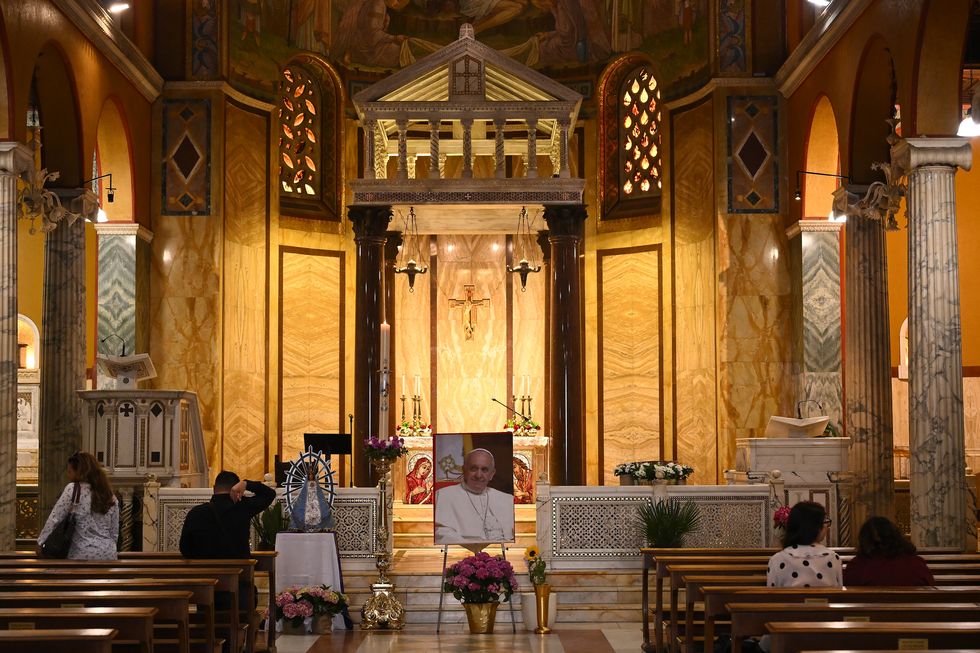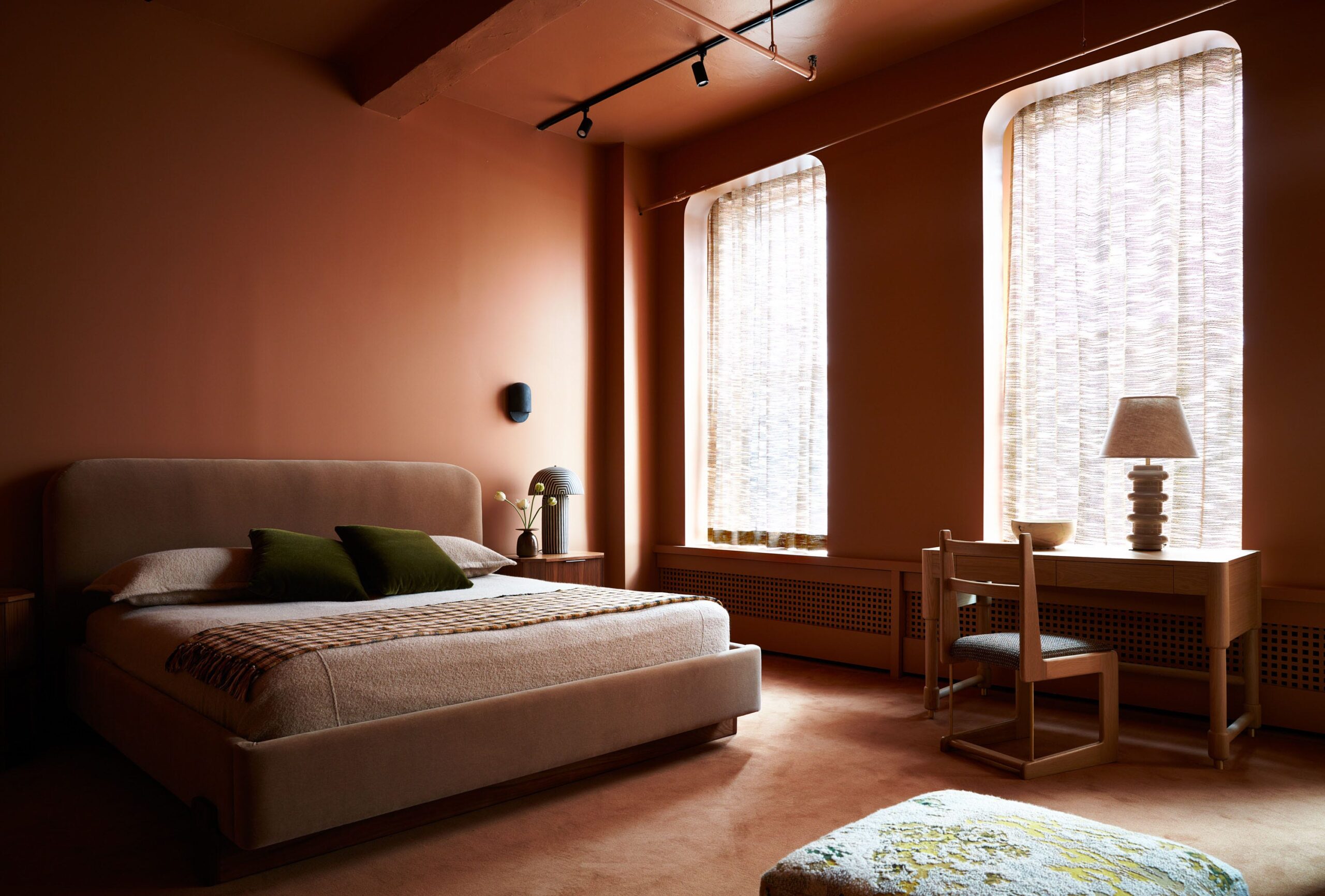After 12 years as the spiritual leader of the Roman Catholic Church, Pope Francis died early this morning at the age of 88. His death has triggered a mourning period that involves centuries-old rites. It has also set into motion the process for electing a new pontiff, with a conclave expected to be held between 15 and 20 days after Francis’s death.
Now, as bells toll across Rome and mourners gather in St. Peter’s Square, the world’s attention turns not only to the man but to the place he called home: Vatican City. Tucked within the heart of Rome, this 120-acre enclave is the world’s smallest independent nation, both in size and population, yet it stands as one of the most powerful and symbolically charged places in the world.
But what makes Vatican City more than just a religious landmark? For millions of believers, the Vatican is the beating heart of their spiritual lives. Pilgrims from around the world travel to St. Peter’s Square to mourn, to hope, and to witness the ancient rhythms of transition. And for historians and observers alike, the Vatican offers a living link to the past—an institution that has endured emperors, wars, reformations, and revolutions. As the Church says goodbye to a beloved leader and enters a new chapter, let’s explore Vatican City, where history is playing out in real time.
What is Vatican City?
Tucked within the heart of Rome, Vatican City is an enclave of just 120 acres, smaller than many public parks. Yet within its walls lie some of the most iconic religious and cultural landmarks in the world: St. Peter’s Basilica, the Sistine Chapel, and the Apostolic Palace, among others. The Vatican Museums feature some of the world’s most famous paintings and sculptures. It is the spiritual and administrative center of the Roman Catholic Church, home to the Holy See, and the residence of the pope.
Why is Vatican City its own city-state?
Vatican City is not merely symbolic—it is a sovereign city-state with its own laws, governance, post office, diplomatic corps, and even its own currency. The origins of Vatican City as an independent entity trace back to 1929, when the Lateran Treaty was signed between Pope Pius XI and Benito Mussolini, then representing the Kingdom of Italy. The agreement ended decades of tension between the Church and the Italian state following the unification of Italy, during which the papacy lost control of the Papal States. The treaty recognized the Vatican as an independent state under the sovereignty of the Holy See, granting it full political independence while acknowledging its spiritual authority.
This unusual arrangement reflects a long-standing tension between temporal power and spiritual mission. The Holy See—distinct from Vatican City itself—is the governing body of the Catholic Church, led by the pope and staffed by the Roman Curia. It maintains diplomatic relations with over 170 countries and holds a unique status in international law. Vatican City, meanwhile, provides the Holy See with a tangible, secure, and independent home from which to operate, ensuring that the Church’s global mission is not subject to the control of any single nation.
Where did the Pope live and die in Vatican City?
Behind the grandeur of St. Peter’s Basilica and the sweeping scenes of global mourning lies a smaller, more intimate space—the papal apartments. Francis, known for living a humble life and eschewing the pomp of his predecessors, chose not to live in the ornate papal apartments, preferring instead to reside with others in the simple quarters of the Vatican guest house—in Casa Santa Marta.
Located on the edge of Vatican City near St. Peter’s Basilica and easily accessible to the Sistine Chapel, Casa Santa Marta is a five-story building with 106 suites, 22 single rooms, and one apartment. Constructed in 1996 on the site of an ancient hospice during the pontificate of Pope John Paul II, the guesthouse was named after Martha of Bethany, the sister of Mary and Lazarus. It serves as a residence for cardinals during papal elections and for other visiting dignitaries and clergy. It was in his residence there that the pontiff took his final breath following a lengthy battle with double pneumonia and other health issues.
Who else lives in Vatican City?
Vatican City has a population of around 750 people, making it the smallest country in the world by population. Most of its residents are members of the clergy, including high-ranking officials of the Roman Catholic Church, and cardinals. Others include members of religious orders, the Swiss Guard—the pope’s personal security force—and a small number of laypeople who work in essential roles like housekeeping, administration, or maintenance. Unlike most countries, citizenship in Vatican City is not based on birth or ancestry; it’s granted only to those who live and work within the Vatican for the Church. When their service ends, their citizenship usually does too.
Who governs Vatican City?
The pope is the head of state of Vatican City. In addition to serving as the spiritual leader of the Roman Catholic Church, the pope holds full executive, legislative, and judicial authority over the world’s smallest independent nation. This dual role means that the pope governs both the Church and the city-state itself, though the day-to-day operations are often managed by appointed officials, such as the Pontifical Commission for Vatican City State. Unlike other heads of state, the pope’s authority is absolute within the Vatican, reflecting its unique structure as a theocratic monarchy rooted in centuries of religious tradition.
Where in Vatican City will the conclave take place?
The pope’s death initiates a rare and solemn process known as sede vacante, or “the seat being vacant.” This period is marked by deep mourning and meticulous ritual. The camerlengo, or chamberlain, temporarily oversees the Vatican’s operations while preparations for the conclave—a secretive gathering of cardinals who will elect the next pope—begin. And this occurs within the Sistine Chapel, located within the Apostolic Palace in Vatican City.
The Sistine Chapel, known worldwide for Michelangelo’s breathtaking ceiling and The Last Judgment fresco, is more than just an artistic masterpiece—it plays a central role in one of the most sacred and secretive events in the Catholic Church. When a pope dies, the chapel becomes the site of the papal conclave, where the College of Cardinals gathers in secrecy to elect a new leader. The chapel is sealed off from the outside world, and the cardinals vote in multiple rounds until a two-thirds majority is reached. It is from here that the famous smoke signals rise—black for no decision, white for a new pope—transforming the chapel from a place of pilgrimage into the literal birthplace of the next papacy.
Who Can Visit Vatican City?
Anyone can visit Vatican City—and millions do every year. Despite being a sovereign city-state, the Vatican welcomes tourists, pilgrims, and art lovers alike. Visitors can explore iconic landmarks such as St. Peter’s Basilica, which is free to enter, and the Vatican Museums, home to the Sistine Chapel and one of the most important art collections in the world. While access to the pope’s residence and many administrative areas is off-limits, guided tours often include the Vatican Gardens and parts of the Apostolic Palace.
Rachel Silva is the associate digital editor at ELLE DECOR, where she covers all things design, architecture, and lifestyle. She also oversees the publication’s feature article coverage, and is, at any moment, knee-deep in an investigation on everything from the best spa gifts to the best faux florals on the internet right now. She has more than 16 years of experience in editorial, working as a photo assignment editor at Time and acting as the president of Women in Media in NYC. She went to Columbia Journalism School, and her work has been nominated for awards from ASME, the Society of Publication Designers, and World Press Photo.







